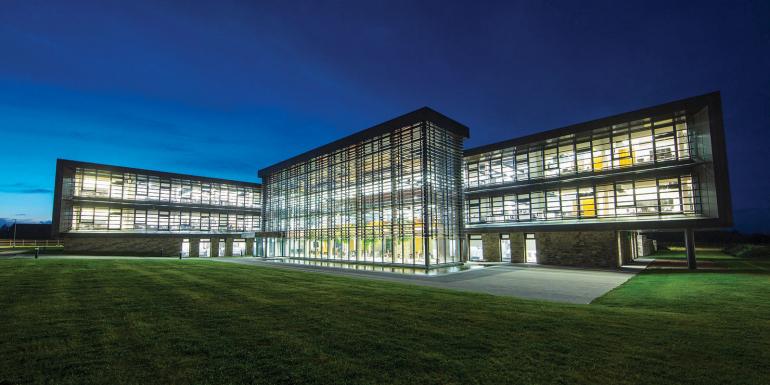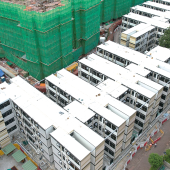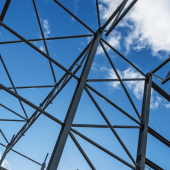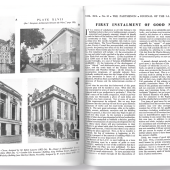Sixth sense

Stacey Lucas, Commercial and Marketing Director at Sontay, explores how smart sensor technology can improve the indoor environment and create healthier, more energy-efficient buildings
Sustainability has been at the top of the building agenda for many years, with an emphasis on its environmental and economic impact. But it shouldn’t be forgotten that buildings are created for people, and their health and wellbeing should be the priority. We spend more than 90% of our lives indoors, whether at home, school or in the workplace, with air quality being crucial to the levels of contentment within these spaces. Ventilation, temperature and pressure regulation contribute to maintaining an atmospheric happy medium.
Building sensors, installed as part of an efficient central management system, offer a smart and effective way of remotely monitoring indoor thermals, as well as giving property owners more control over energy usage; a benefit that not only helps reduce heating and lighting costs, it also facilitates a significant reduction in a building’s carbon footprint. Their usage could, therefore, be a factor in driving environmental initiatives, such as the UK government’s pledge for carbon-neutral status by 2050.
Sensor solutions
Sensors can control a myriad of elements that affect our indoor climate including temperature, which in an office environment is found to be around 22°C. However, relative humidity can make a room feel hotter or colder than the temperature reading if not managed correctly. A sensor can help overcome this issue by monitoring humidity levels to ensure an ideal 50% reading is maintained.
In terms of air quality, airborne volatile organic compounds (VOC) – pollutants that are found in paints and other building materials – are known to have a detrimental effect. The same harmful chemicals are also present in hand sanitisers, aggressive cleaning products and detergents, the demand for which has been unprecedented since the onset of the coronavirus crisis. Air quality sensors are able to measure VOC levels and provide data for when ventilation is needed to maintain occupancy comfort or the need to take action when a potentially hazardous reading is recorded.
The Covid-19 pandemic has also focused a lot of attention on the amount of indoor space people should be allowed to share in order to maintain distance and prevent viral spread. A CO2 sensor provides a clear visual indication of when a workplace requires ventilation due to deterioration in the indoor air quality. When we exhale we emit CO2 , which if left unchecked in a busy office environment can lead to headaches due to increased discomfort levels. A CO2 sensor with an LED traffic light-style display can help alleviate this issue. When green, it indicates that a room isn’t over-occupied and the risk to air quality is low; amber is a sign that windows require opening or fewer people need to be in the room to maintain the same healthy indoor environment. When the sensor turns red it indicates there is not enough ventilation in the room. At these last two stages, if a sensor is connected to a building management system, it will activate relevant ventilation.
Light level sensors offer further relevance to the ongoing pandemic, particularly in relation to the nationwide lockdown, when many offices remained empty while lights and other energy sources continued to burn unmonitored within the buildings. An estimated 40% of a building’s energy costs are attributed to light usage; therefore, installing a sensor that operates lighting based on a building’s occupancy and interior light levels has financial and environmental benefits.
Ballykelly House
The Department of Agriculture, Environment and Rural Affairs’ (DAERA) new headquarters in Ballykelly, Northern Ireland, features innovative sensor technology and building control techniques. The nature of DAERA’s work meant the building had to bring the outside inside, so natural light and ventilation was key.
The Sontay AV-WAD external wind speed and direction sensors, along with the SC1000 CO2 Smart Communication Space Sensors, monitor internal and external weather conditions to maintain the internal environment, such as for the automatic closing of windows. These are an example of the 40 sensor units over the 5,000m² site that help to monitor internal conditions for staff and optimise the BMS for greater energy efficiency.
For more information, visit sontay.com/en-gb/







